High cost of sports equipment leaves some students in the dust
December 19, 2013
The Nordic equipment room is crowded with mismatched poles, boots, and bags. You can smell the ski wax. It’s hard to tell that these skiers’ clutter can cost hundreds of dollars.
Nordic Skiing is one of the most expensive high school sports. “The price is a drawback because it’s not just the skis, poles, and boots. It’s the jacket, pants, base layers, gloves, wax, and trailpass,” said sophomore Kendra Roedl. Some skiers will pay up to $1,000 for equipment in a season.
For student athletes that can afford it, high quality equipment is worth the cost. For others, it can be a barrier to competing.
Alpine skiing is also a costly sport. Minneapolis Alpine Ski Team’s (MAST) coach Elora Koepcke noted that the cost of equipment “definitely factors into people’s decisions” on whether to ski or not.
“I don’t know anyone who has run into financial troubles, but you know, the kids that can’t pay for it don’t show up,” said Koepcke.
Nordic skiing tries to make entry into the sport affordable by supplying rental equipment. For $80, anyone can rent a set of equipment that is adequate, but not first-rate. “I have never used nice equipment, like skate skis that don’t have the remnants of kick [wax] on them, or boots that fit,” said Roedl.
Lower quality gear can compromise an athlete’s experience. Skiers that rent use combi-skis, which work for both skate and classic techniques. It’s a rarity to see competitive skiers using combi-skis. Most are fully equipped with two sets of skis, boots, and poles.
However, Roedl said, “I wish I could say that the only reason people are better than me was because of their equipment, but unfortunately that’s not true. I believe the equipment gives them an advantage…but it starts with the skier.”
The high cost of Nordic skiing makes it less accessible to low income students. “It’s a sport that you see mostly upper-middle and upper classes participating in,” observed Roedl. “It would be great to expand and diversify that community.”
Athletic office secretary Lynn Heldt has observed a similar community in hockey due to equipment cost. “You can see how [hockey] has gotten smaller,” she said. “It’s really expensive.”
Hockey is the most costly high school sport. According to the Twin Cities Business Magazine, the average high school hockey player spend $1,500 in equipment annually.
However, the advantages of high end hockey equipment are far less apparent than in skiing.
“If you’re trying to play on a legit team I believe it could make a difference” commented senior Riley Siewert. “but I don’t think spending an extra hundred dollars on a stick gives you that much of an advantage.”
Siewert also plays ultimate frisbee, which is a relatively cheap sport. “You don’t even need a disc,” said his sister, junior Carly Siewert. “The only thing you need is cleats.”
According to the USA Ultimate website, “Ultimate is a great sport for school districts or anyone who is interested in trying something new and different with minimal costs. The equipment needed to play are incredibly few and relatively inexpensive.”
Carly Siewert sees the minimal equipment as “a benefit, but not necessarily the main reason” for the growing popularity of the sport.
In all high school sports, there are efforts to help students pay for the other costs associated with the teams like registration fees, lift tickets, and ice time, but no equipment aid.
In MAST these scholarships are available through an email application process. They hold pre-season equipment swaps, circulating used equipment within the club. “The club facilitates discounted equipment but does not provide it,” said Koepcke.
The athletic office also provides scholarships and alternative options to athletic fees. “All free and reduced lunch kids qualify,” said Heldt. “They just have to ask and say they can’t pay for it. If you can’t pay, we will not deny any athlete the opportunity to play a sport because of money.”
Heldt offers students the opportunity to help with the South High Foundation’s pancake breakfast or in the equipment room to work off their athletic fees. “We give students options and different ways to take care of them.”
Although athletic fees and other costs associated with sports can be covered by the school or club, equipment remains an issue for people who can’t afford it. Booster clubs often take up the task of equipment discounts.
The Nordic booster club pays for everything except the head coach, ski wax, and busses. They purchase and organize equipment for rental. Booster club member Bill Baldus believes that the club also provides free equipment for some skiers, but it isn’t publicly discussed.
Experiences with equipment vary greatly from sport to sport, but the South High community does its best to alleviate financial burdens for athletes.

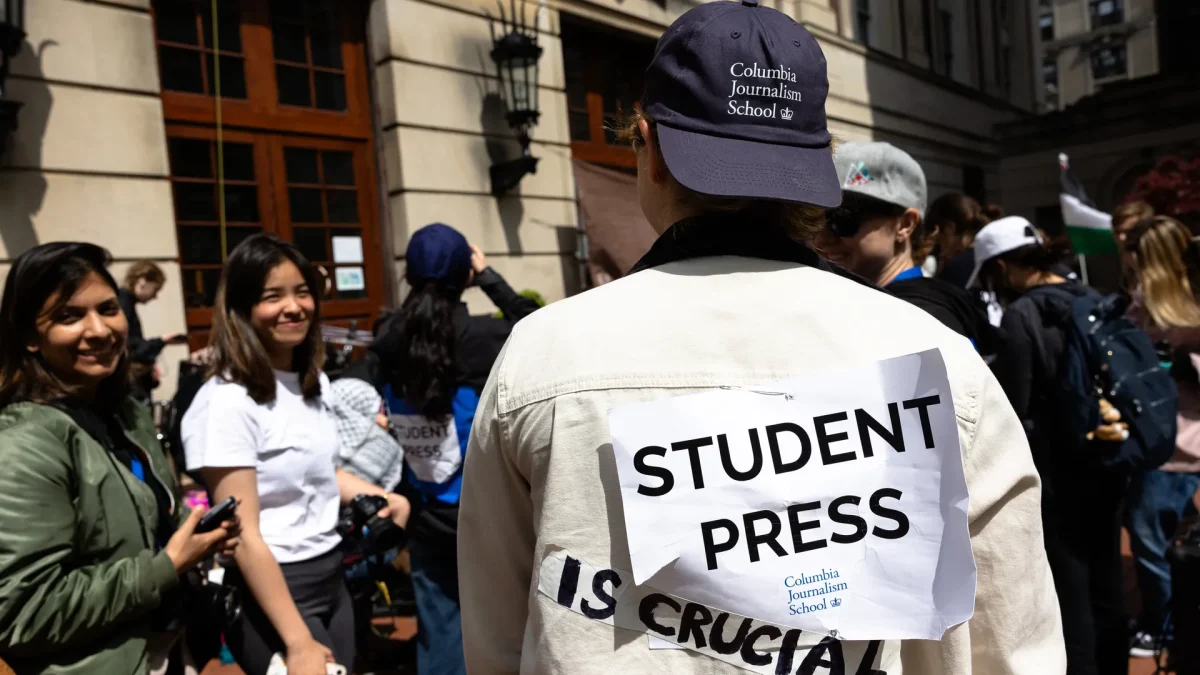


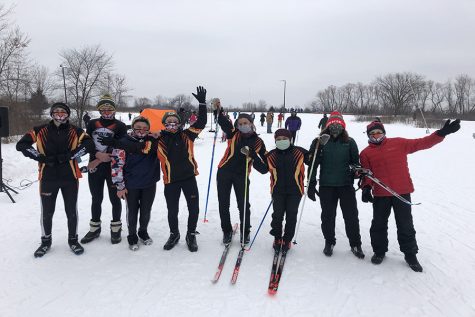
![Senior Eliana Storkamp, one of the captains of South’s nordic skiing team, during a race this season. “For practice we are required to wear a mask the entire time, but for races it’s different. When you first are at the start of the race they want you to be wearing a [face covering]... and once you start racing you can put it down and put it back up when you finish.” Photo credit: Kate Anderson](https://www.shsoutherner.net/wp-content/uploads/2021/02/ski-edited-475x317.jpg)
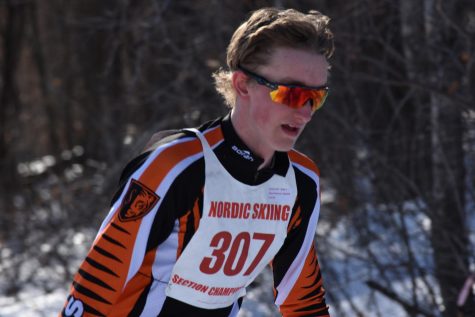
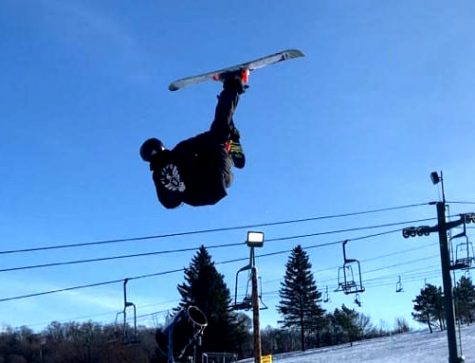
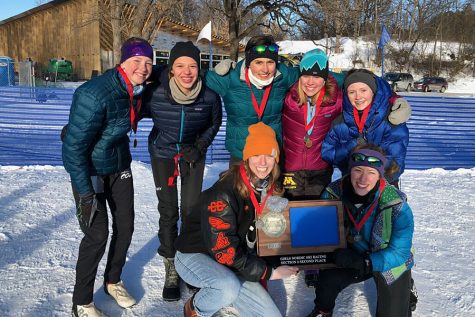
J Stella • Dec 26, 2013 at 12:48 pm
So nice to hear there are ways for financially challenged students to participate in various sports. Thank you.